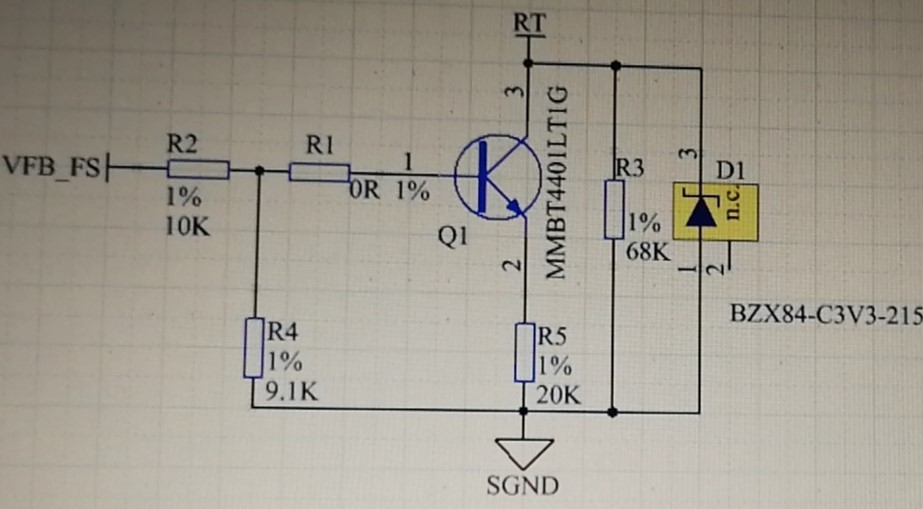Other Parts Discussed in Thread: UCC28951
Hi team,
It is nice to know you here. My customer has two questions about the UCC28251 RT function.
1. Is RT pin internal circuit a current source or voltage source? What is the voltage/current source?
2. What is the trigger principle to let this IC enter synchronization mode?
My customer does not apply an external clock to RT pin, they want to realize shift frequency, so they use Triode on/off to get different RT resistors and get the different frequencies. Sometimes they find that this IC will enter 42kHz during start-up (target frequency is 100kHz), RT voltage is 0.5V(normal voltage is 1V), this is the clamping frequency claimed in our datasheet. Do you have some ideas about how ICwenter this mode? Thanks.
BR,
Charles Lin


